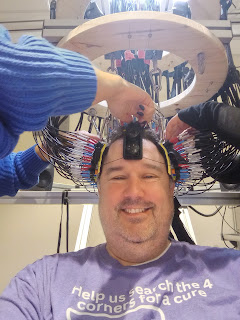Living Near and Helping Neighbors With Dementia

I hosted a bonus session of Neighboring 101 on Nov. 30, 2023, dealing with dementia. Mark Applegate with Senior Age was our guest speaker. He shared his own heart-warming story of dementia and his mother along with valuable information for anyone who interacts with their neighbors. (I hope that is you). Odds are you have a neighbor with dementia, or at least a neighbor providing support for someone with dementia. C heck out our class video and feel free to share it widely. Session 40 Neighboring 101 class online here . Here are some key take-aways from this session for me. How can we be good neighbors to someone with dementia? Just like many things that are hard: ● Learn- about the disease ● Care- Applying what you know to befriend them/care for them where they are ● Share- Helping others understand too What are some do and don'ts for interacting with people who have dementia? Do: ○ Ask how they are doing generally ○ Ask how the caregiver is doing too ○ Treat them with respect an









